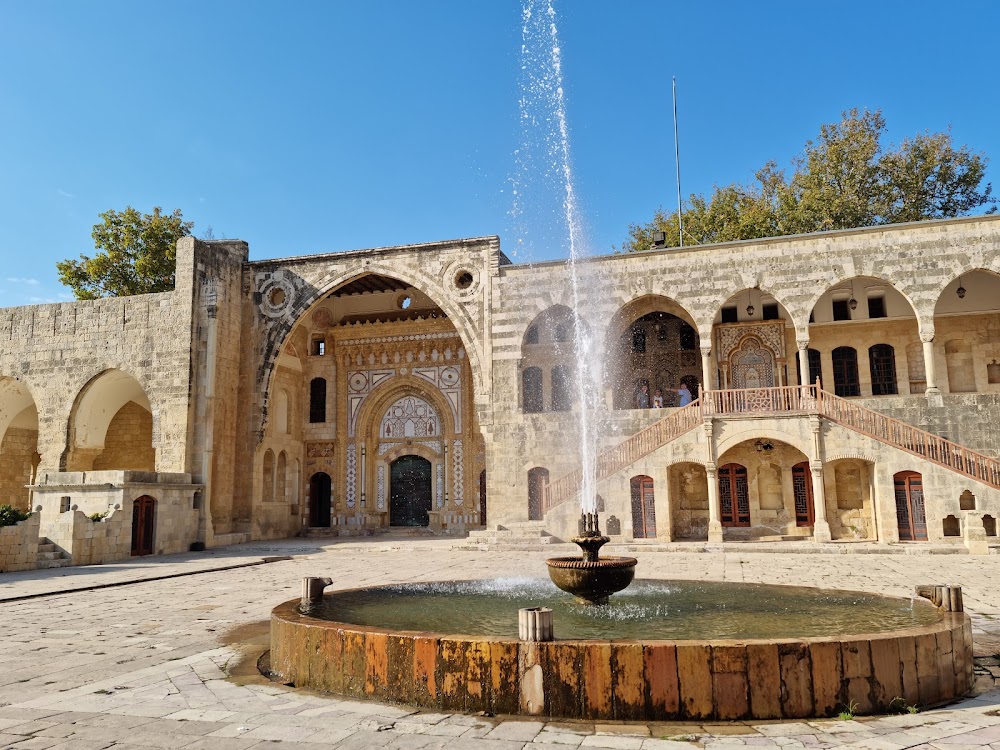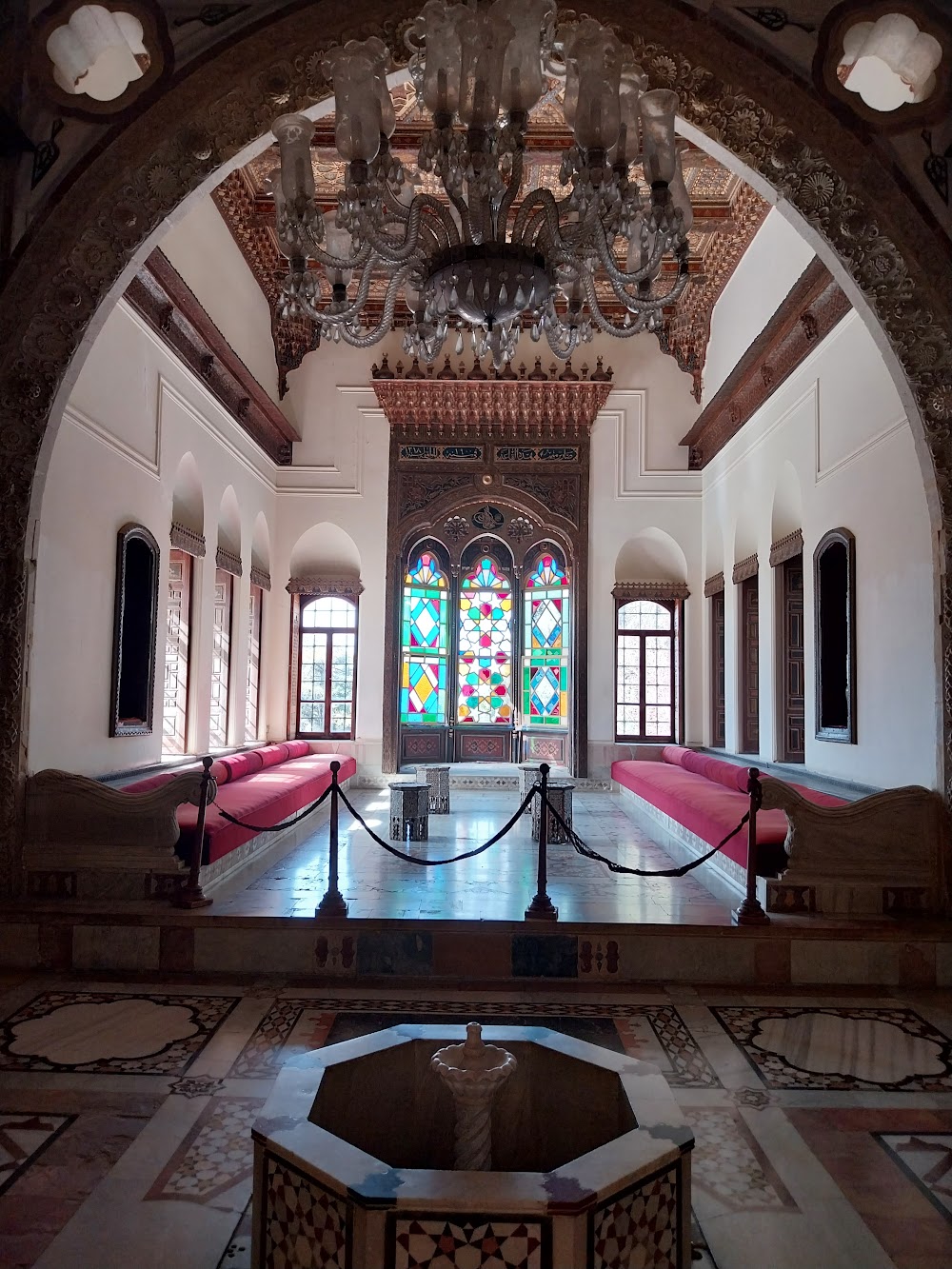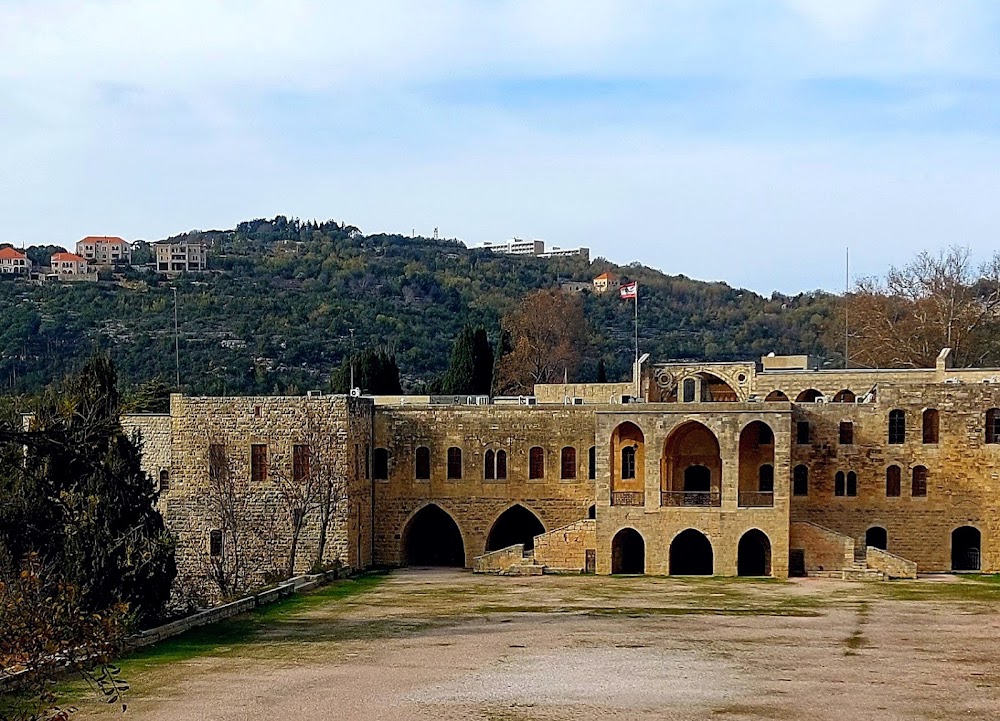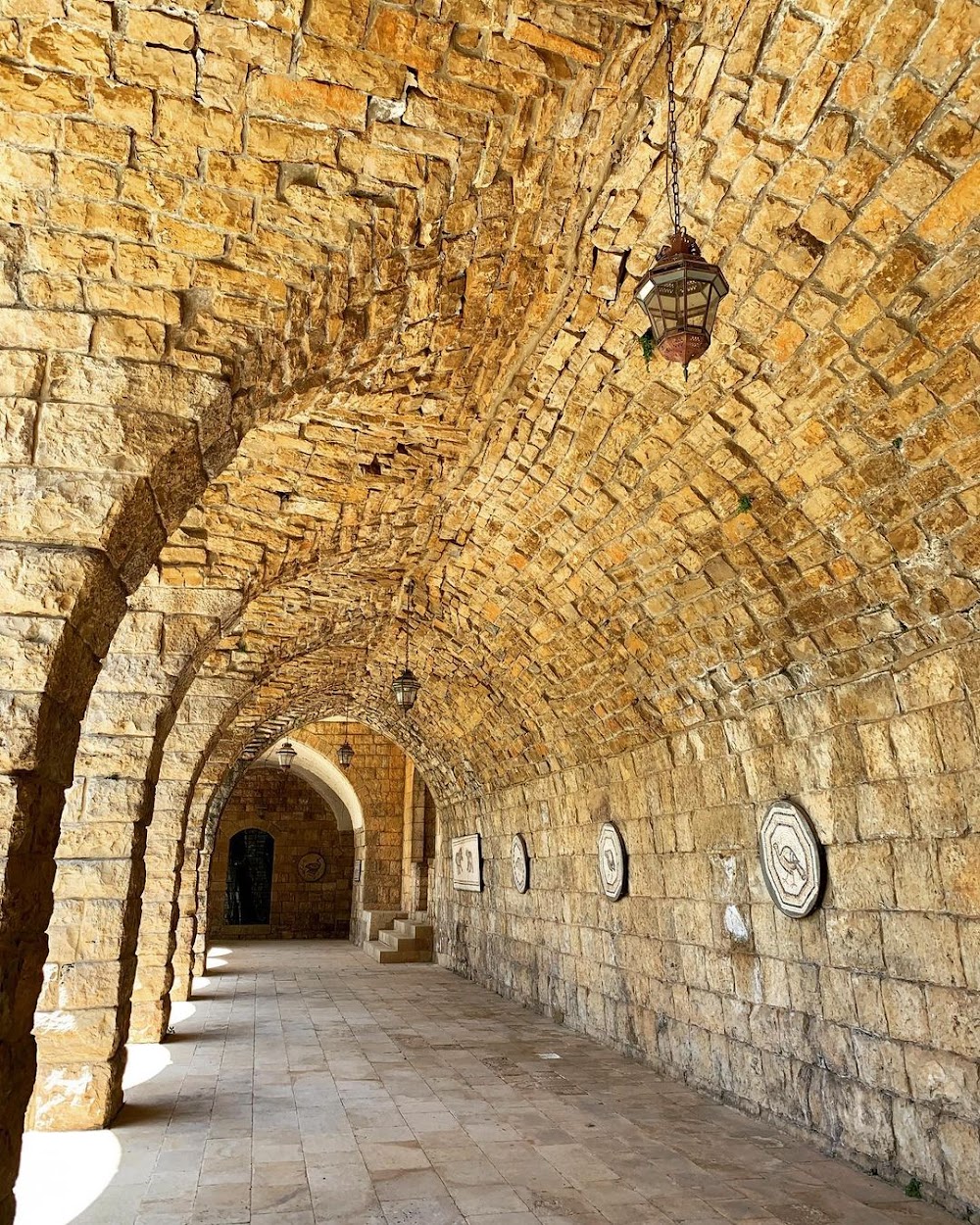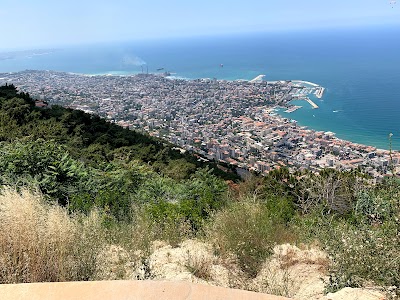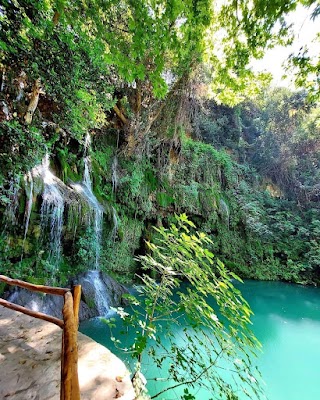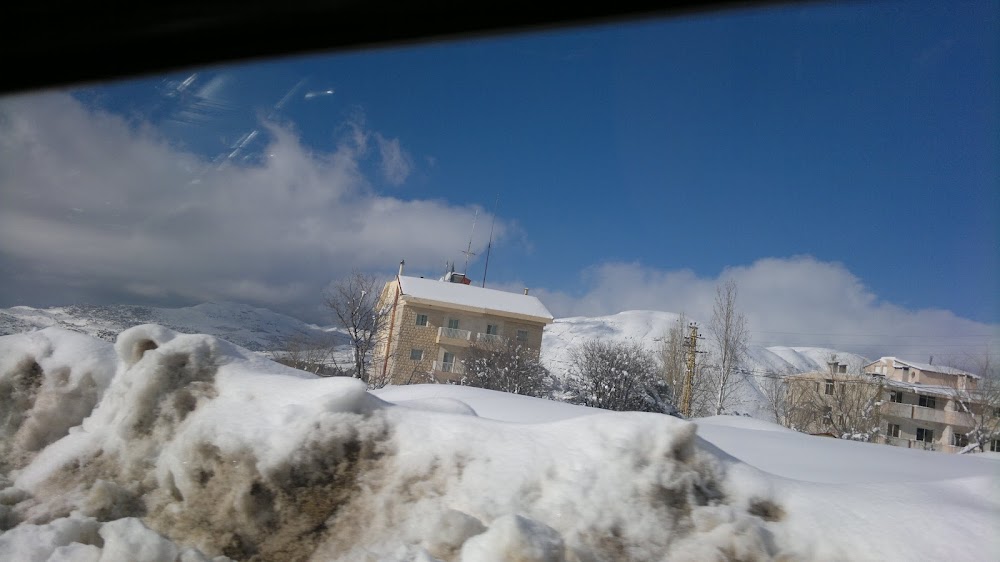Beiteddine Palace (قصر بيت الدين)
Related Places
Overview
**Beiteddine Palace: A Jewel of 19th-Century Lebanese Architecture**
Nestled in the picturesque Chouf region of Mount Lebanon, **Beiteddine Palace** is a stunning example of 19th-century Lebanese architecture. Constructed over a remarkable 30-year period, this historic palace enchants visitors with its intricate design and rich history, making it a must-visit destination.
The journey of Beiteddine Palace began in **1788**, under the vision of Emir Bashir Shihab II, a local prince appointed ruler of the Mount Lebanon Emirate. With grand aspirations for his residence, Emir Bashir sought to blend traditional Lebanese styles with European architectural influences. To bring his vision to life, he employed the talents of local artisans, craftsmen, and even Italian architects.
Perched atop a hill, the palace offers breathtaking views of the surrounding countryside. The location was chosen not only for its natural beauty but also for its strategic vantage point. Construction commenced with foundational work, utilizing locally sourced limestone known for its durability and aesthetic appeal to create the palace's sturdy walls.
The palace complex is comprised of several distinct sections, each serving unique functions and showcasing different architectural styles. The **Main Building**, or **Dar Al Harim**, served as the residence for Emir Bashir and his family. This magnificent structure is adorned with exquisite Italian marble, while the walls and ceilings boast intricate carvings and painted motifs that exemplify the finest of Lebanese artistry.
One of the most captivating features of Beiteddine Palace is the **Midan**, an expansive courtyard adorned with stunning mosaic-covered floors. These mosaics were meticulously crafted by skilled artisans who arranged thousands of individual stones to create intricate patterns and nature-inspired scenes, symbolizing harmony and prosperity.
Water plays a significant role in the palace's design, serving both practical and aesthetic purposes. Elaborate fountains and pools, fed by an intricate aqueduct system, grace the courtyards and gardens, reflecting the Emir's desire to cultivate a tranquil and luxurious environment. Notably, the **Hammam**, or royal bathhouse, is a marvel of engineering, inspired by Ottoman and Persian designs, featuring beautifully decorated steam rooms, warm areas, and cold plunge pools.
The palace also served as a political hub, with the **Diwan**, or reception hall, serving as the venue where Emir Bashir held court and conducted administrative matters. This grand hall is adorned with Persian carpets, tapestries, and large stained glass windows that cast colorful light upon its elaborately crafted wooden ceiling.
Despite facing periods of neglect following the exile of Emir Bashir in **1840**, significant restoration efforts began in the 20th century, led by the Lebanese government. These initiatives ensured that the palace's historical and architectural integrity remained intact. Today, Beiteddine Palace stands as a well-preserved cultural monument, open to the public and housing a museum showcasing an extensive collection of artifacts that span ancient to modern Lebanese history.
Beiteddine Palace is not merely a relic of the past; it continues to be a vibrant venue for cultural events. The **Beiteddine Festival**, an annual summer celebration, draws artists and performers from around the world, transforming the palace courtyards into a lively tapestry of music, dance, and art, thus perpetuating its legacy as a place of grandeur and celebration.
In summary, **Beiteddine Palace** is a breathtaking testament to Lebanese history and culture. Its meticulously crafted structures, beautiful courtyards, and serene water features narrate the tale of a bygone era. Meanwhile, its restoration and ongoing cultural significance ensure it remains a vital part of Lebanon's heritage. Whether you’re a history enthusiast, an architecture lover, or simply a curious traveler, Beiteddine Palace offers a unique glimpse into the opulent life of 19th-century Lebanese nobility, all set against the stunning backdrop of Mount Lebanon.


